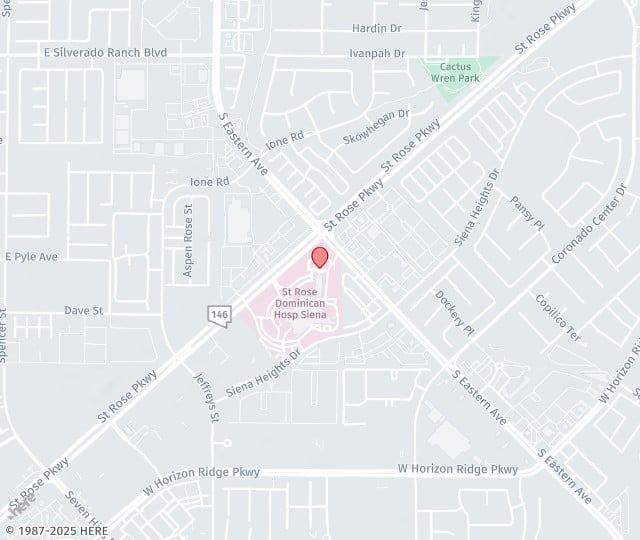Get “Washboard Abs”, “6-pack abs”, and “8-pack abs”
Liposuction of the abdomen and flanks is a very common procedure for both men and women. It works best in patients with good overlying skin tone, as it is not any sort of skin tightening procedure. It is also not meant for weight loss, but rather for body contour changes, to flatten the abdominal wall and narrow the waistline, reducing the hips and flanks as well as the “muffin top” that tends to project beyond pant lines. Lower back liposuction is often combined for a three dimensional contour improvement that looks balanced, natural, and well proportioned.
It takes a very well developed abdominal musculature plus a very thin abdominal wall fatty tissue layer in order to appreciate the underlying muscle anatomy through the skin. Patients who are of thin to normal weight, athletic, and fit may desire more visibility of their underlying abdominal musculature beyond what they are able to achieve with diet and exercise alone. Abdominal Etching refers to a specialized liposuction technique that enhances the appearance of the underlying abdominal musculature by outlining muscle borders using a liposuction cannula.
It is important to understand an individual’s underlying abdominal muscle anatomy in order enhance it and have it look natural. In general, everyone has 2 paired rectus muscles running down the center of the abdomen from ribcage to pubic bone. These are the right and left halves of the “6-pack”. The midline is called the linea alba, while the lateral borders of each rectus muscle is called the linea semilunaris. These 3 vertically oriented lines are marked on the patient exactly where their unique muscle borders are felt. In most people, 3 fibrous bands of tissue called “tendinous inscriptions” or “tendinous intersections” cross the paired rectus muscles horizontally. One intersection crosses the muscles just at or below the ribcage, another one crosses the muscles at the level of the belly button, and a third one lies in between these two. Less commonly, one or two additional inscriptions can be present below the umbilicus, creating the “8-pack” look. The tendinous intersections function to provide forward flexion of the rectus muscles, allowing proper forward bending at the waist.
Abdominal etching surgery involves using liposuction to first evenly thin the abdominal wall layer, transitioning onto the lateral trunk and flanks. Next, having pre-marked the patient’s underlying muscle edges and tendinous transcriptions, a liposuction cannula is used along these vertical and horizontal tracts in order to thin these linear lines even more, creating visible indentations where the underlying muscle edges and tendinous inscriptions lie. It is important to follow the patient’s anatomy precisely, so results look natural.
Abdominal etching is not for everyone. It works best on lean patients with low body fat who have an athletic build. These patients already have fairly lean abdomens and want more visible muscular outlines. In any other patient type, the results do not look natural.
It is important to maintain naturalness when it comes to sculpting the abdominal wall. Most men and women want to be able to comfortably expose their abdomen without obvious signs of having surgery. Unnatural contours and visible scars are not desirable. The best candidates for liposuction have good overlying skin tone, no looseness, no stretch marks, and no muscle bulging. Patients with loose skin, stretch marks or bulging muscles from weight fluctuation, genetics, or pregnancy are better candidates for Abdominoplasty (Tummy Tuck) surgery. Thin, fit, athletic individuals who look quite good already are the best candidates for abdominal etching.


